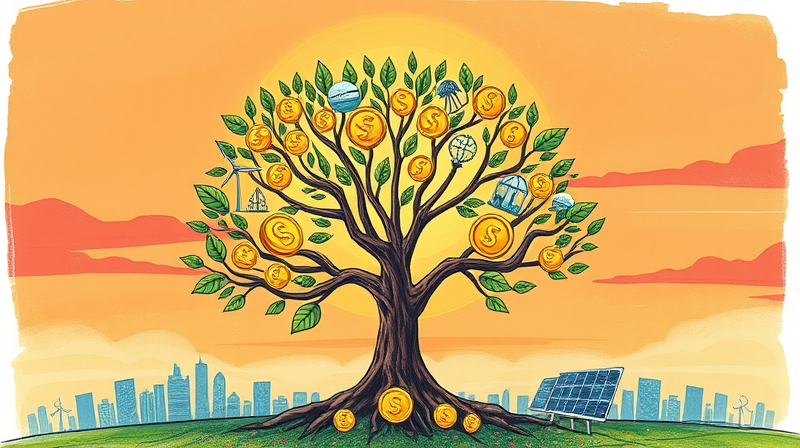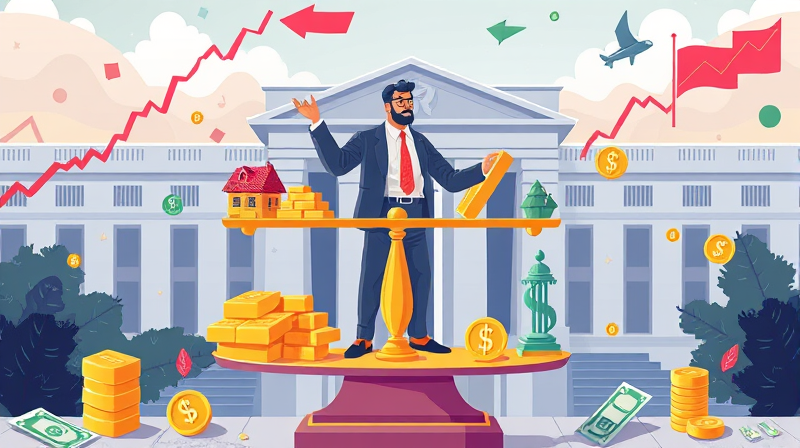
As we navigate 2025, investors face a landscape defined by rapid change and complex challenges. A blend of volatile macroeconomic environment including elevated rates and technological breakthroughs provides fertile ground for those ready to act.
In this article, we explore the major investment waves, offer tools to identify the next breakout sectors, and outline strategies to ride these trends while managing risks.
An investment wave is a sustained period where specific sectors or asset classes outperform due to structural shifts. Timing is crucial: entering too early can erode capital, while waiting too long may miss the upswing.
Historically, periods of uncertainty and market volatility have created alternative asset classes like private equity and novel opportunities for astute investors.
The current environment showcases six major waves shaped by deglobalization, sustainability goals, demographic changes, and rapid digitization. Each offers unique drivers and risks.
Artificial intelligence remains the defining megatrend of 2025. Generative AI and machine learning penetrate every industry, driving demand for data centers, cybersecurity, and edge computing.
Investments in data infrastructure surged by double-digit percentages year-on-year, reflecting the critical need for massive data management and cybersecurity demands. Fintech innovations continue to expand financial inclusion and streamline capital flows across emerging markets.
Global life expectancy rises, creating demand for biotech breakthroughs, medical diagnostics, and senior living solutions. Outpatient facilities exhibit extremely low vacancy rates in outpatient facilities, underlining the supply-demand imbalance.
Genomics, telemedicine, and wellness tech attract both institutional and private capital, betting on long-term returns from an aging population.
ESG criteria are now mainstream, with studies showing risk-adjusted returns in downturns for businesses with strong environmental and social practices. Investors are deploying catalytic and blended finance to support climate solutions and inclusive growth.
Nearly half of global investors plan to boost allocations to impact-focused emerging markets, aiming to generate both financial returns and measurable social benefits.
The energy transition fuels investments in battery storage, renewable utilities, and data centers. While U.S. wind projects face regulatory hurdles, European renewables remain attractive.
Real estate opportunities center on healthcare properties, senior housing, neighborhood retail with low vacancies, and farmland diversified with high-demand crops like avocados and citrus.
With bond yields at multi-decade highs, fixed-income vehicles offer stability and income. Investors are drawn to high-yield savings and laddered CDs and intermediate-term bond funds poised for gains when rates eventually decline.
These defensive allocations appeal to risk-averse profiles seeking liquidity during uncertain periods.
Private equity and venture capital flows into early-stage tech, healthcare, and sustainability startups remain robust. Precious metals hedge inflation and geopolitical tensions.
Emerging markets gain attention for growth potential and diversification, especially where impact capital can drive both development and returns.
Identifying the next wave requires a combination of quantitative analysis and qualitative insights:
High-growth arenas like AI and biotech can be volatile or overvalued. Conduct thorough due diligence and establish risk controls.
Be aware of regulatory uncertainty in international markets, particularly in energy and digital assets. Avoid one-dimensional bets on “hot” sectors without verifying supply-demand fundamentals.
Capitalizing on investment waves demands vigilance, adaptability, and a robust toolkit. By combining data-driven insights, policy analysis, and disciplined risk management, investors can position themselves to benefit from the next major trends.
Stay nimble, think globally-local, and remember that those who ride the wave early—and wisely—stand to capture the greatest rewards.
References













